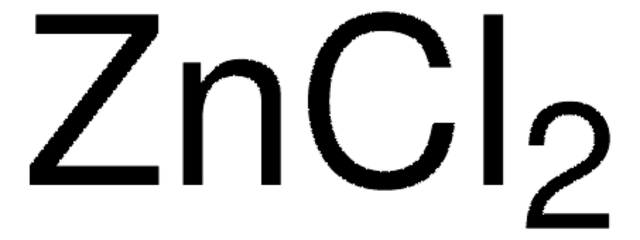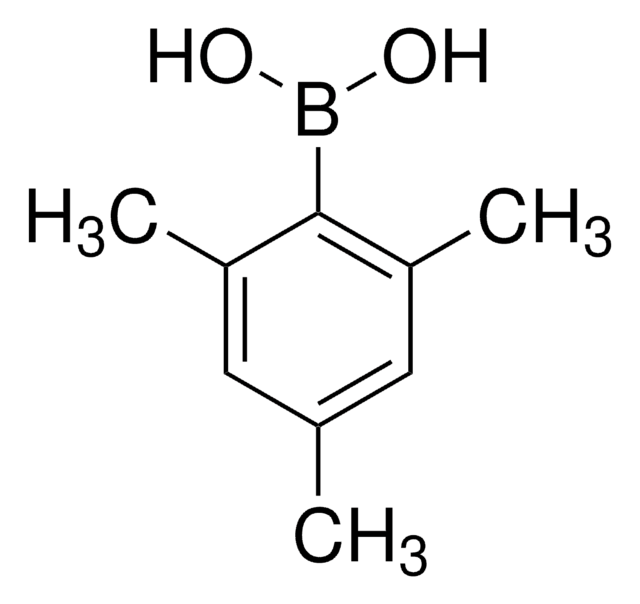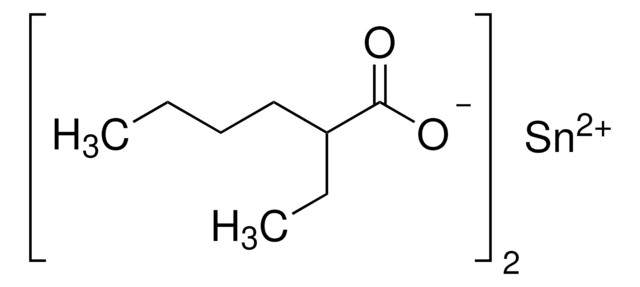373184
Gold
evaporation slug, diam. × L 0.3 cm × 0.6 cm, 99.99% trace metals basis
Synonym(s):
Gold Powder, Gold element
About This Item
Recommended Products
Quality Level
Assay
99.99% trace metals basis
form
evaporation slug
resistivity
2.05 μΩ-cm, 0°C
diam. × L
0.3 cm × 0.6 cm
weight
800 mg (one slug)
bp
2808 °C (lit.)
mp
1063 °C (lit.)
density
19.3 g/mL at 25 °C (lit.)
SMILES string
[Au]
Related Categories
1 of 4
This Item | 345547 | 90964 | 705551 |
|---|---|---|---|
| concentration 0.95-1.10 M (with NaOH, titration), 1.0 M in diethyl ether | concentration 3.80-4.40 M (by NaOH, titration), 4.0 M in dioxane | concentration 3 M in methanol | concentration 2.85-3.30 M (silver nitrate titration), 3 M in cyclopentyl methyl ether (CPME) |
| Quality Level 100 | Quality Level 200 | Quality Level 100 | Quality Level 100 |
| form liquid | form liquid | form liquid | form liquid |
| storage temp. 2-8°C | storage temp. - | storage temp. −20°C | storage temp. 2-8°C |
| density 0.731 g/mL at 25 °C | density 1.05 g/mL at 25 °C | density 0.871-0.881 g/mL at 20 °C | density 0.895 g/mL at 25 °C |
General description
Application
- Gold nanoparticles in diagnostics and therapeutics for human cancer: Discusses the bio-applications of gold nanoparticles, particularly in cancer diagnostics and therapy, highlighting their low immunogenicity and potential for targeted drug delivery (Singh et al., 2018).
- Chemical and physical heterogeneity within native gold: This study provides insights into the heterogeneity of gold and its implications for various scientific studies, which is crucial for understanding gold′s physical and chemical properties in natural settings (Chapman et al., 2021).
- Gold nanoparticles for biology and medicine: Provides a comprehensive overview of the utilization of gold nanoparticles in biological and medical applications, emphasizing their unique properties that benefit drug delivery systems and therapeutic agents (Giljohann et al., 2015).
- Surface plasmon resonance in gold nanoparticles: A detailed review focusing on the surface plasmon resonance properties of gold nanoparticles and their applications in sensing, imaging, and other technologies (Amendola et al., 2017).
Storage Class Code
13 - Non Combustible Solids
WGK
nwg
Flash Point(F)
Not applicable
Flash Point(C)
Not applicable
Personal Protective Equipment
Choose from one of the most recent versions:
Already Own This Product?
Find documentation for the products that you have recently purchased in the Document Library.
Customers Also Viewed
Our team of scientists has experience in all areas of research including Life Science, Material Science, Chemical Synthesis, Chromatography, Analytical and many others.
Contact Technical Service








